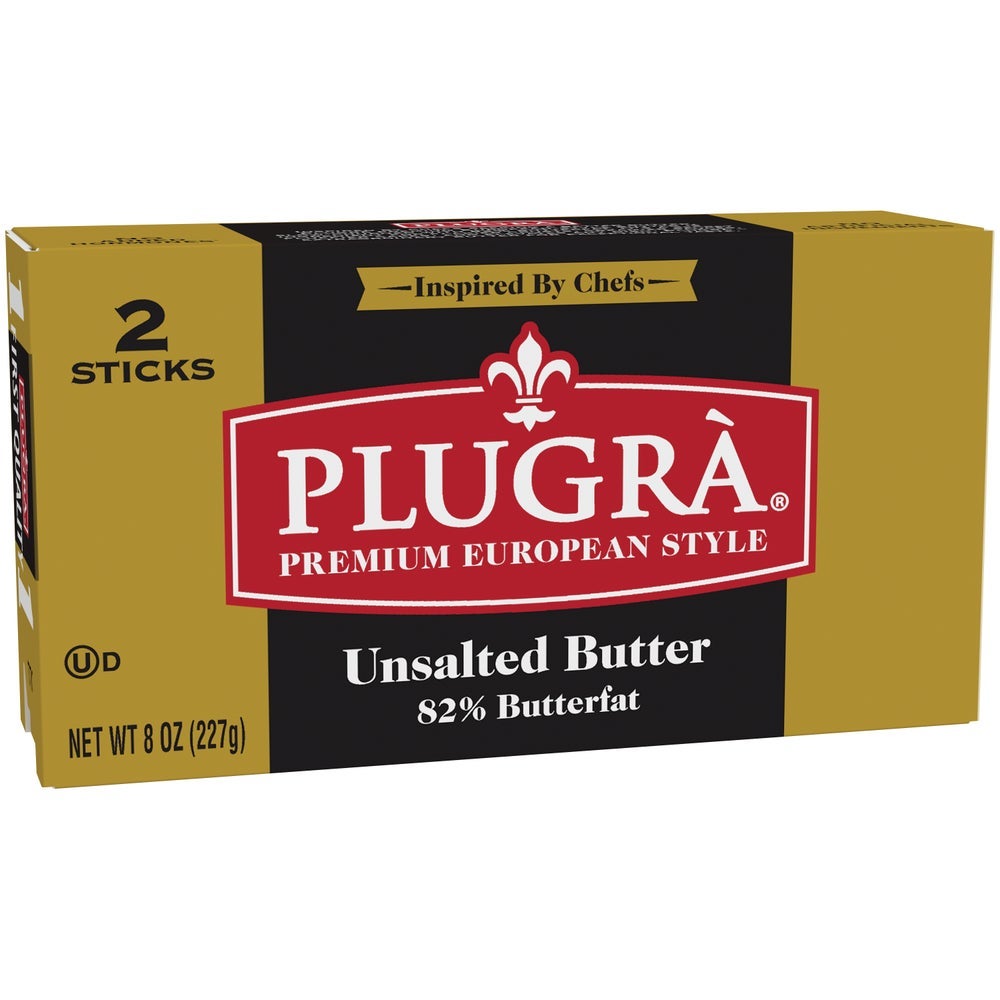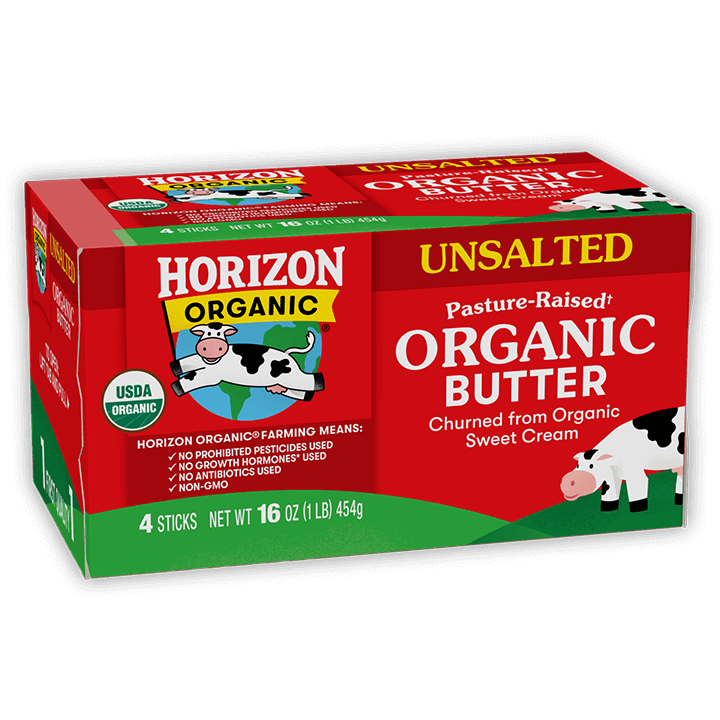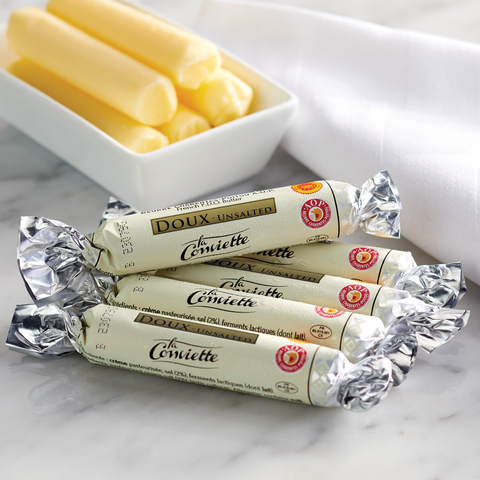What is
Unsalted Butter?
Unsalted butter is a type of butter that contains no added salt. It is made from cream that has been churned until it thickens and separates into butterfat and buttermilk. Unsalted butter is often preferred in baking and cooking because it allows for better control over the sodium content of recipes. It has a rich, creamy flavor and smooth texture, which makes it versatile for various culinary uses.
Origins & History
The origins of butter date back thousands of years, with evidence of its production found in ancient Mesopotamia and as far back as 2000 BC in the Indian subcontinent. Unsalted butter became more common in the 19th century with advancements in dairy processing and refrigeration. Today, it is widely used in many global cuisines, particularly in European cooking.
Taste & Texture
Unsalted butter has a sweet, creamy flavor that emphasizes the natural richness of the dairy without the presence of salt.
Ingredients
:max_bytes(150000):strip_icc()/20221205-HowToWhipCream-AmandaSuarez-26-6600ee54f8dd466f9f2f5269d24afcb6.jpg)
Cream
Cream is the high-fat layer skimmed from the top of milk before homogenization. It is the main ingredient in butter, contributing to its richness and flavor.
Bacteria (optional)
Some varieties of butter may include beneficial bacteria to enhance flavor through fermentation, but this is not a requirement for unsalted butter.
This item may contain the following allergens:
Lactose

Images may not reflect the actual item.





:max_bytes(150000):strip_icc()/20240501-ButterTasteTest-AmandaSuarez-00-6cd8549d0a664e23897f6684f1f2cc2e.jpg)





